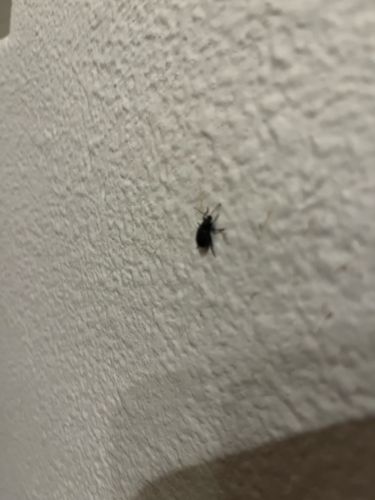Fungus Gnat
Scientific Name: Bradysia spp.
Order & Family: Diptera (Flies), Sciaridae (Dark-winged fungus gnats)
Size: 2-4 mm (0.08-0.16 inches)

Natural Habitat
Damp, organic-rich environments, such as potting soil of houseplants, growing media in greenhouses, decaying logs, and compost piles. They are often found indoors when moisture is present.
Diet & Feeding
Adults typically don't feed much or at all; they are primarily focused on reproduction. Larvae feed on fungi, decaying organic matter, and plant roots, especially fine root hairs. They can damage seedlings and young plants.
Behavior Patterns
Adult fungus gnats are weak fliers and are often seen near the soil surface of potted plants or flying around windows. They are attracted to light and moisture. Females lay eggs in moist soil. Larvae develop in the soil, pupate, and then emerge as adults. Their life cycle can be as short as 3-4 weeks under ideal conditions, leading to multiple overlapping generations.
Risks & Benefits
Potential risks include being a nuisance indoors, especially in large numbers. Larvae can damage the roots of houseplants, seedlings, and young plants, leading to wilting, stunted growth, and in severe cases, plant death. They do not bite humans or transmit diseases. Benefits are limited, though their larvae contribute to the decomposition of organic matter in outdoor ecosystems.
Identified on: 9/16/2025